Released in 1966, Toho’sWar of the Gargantuashas a reputation as one of thebest non-Godzilla kaiju movies ever made.
Toho tried in vain three times to make this work.
Using a combination of stock footage and some new material, it showed Godzilla battling several Monster Island inhabitants.

Interestingly, the franchise nearly restarted years earlier, as Toho was looking to bring Godzilla back in 1978.
In fact, there was a plan to co-produce a Godzilla-Gargantuas movie with American studio UPA.
This effort was led by producer Henry G. Saperstein.
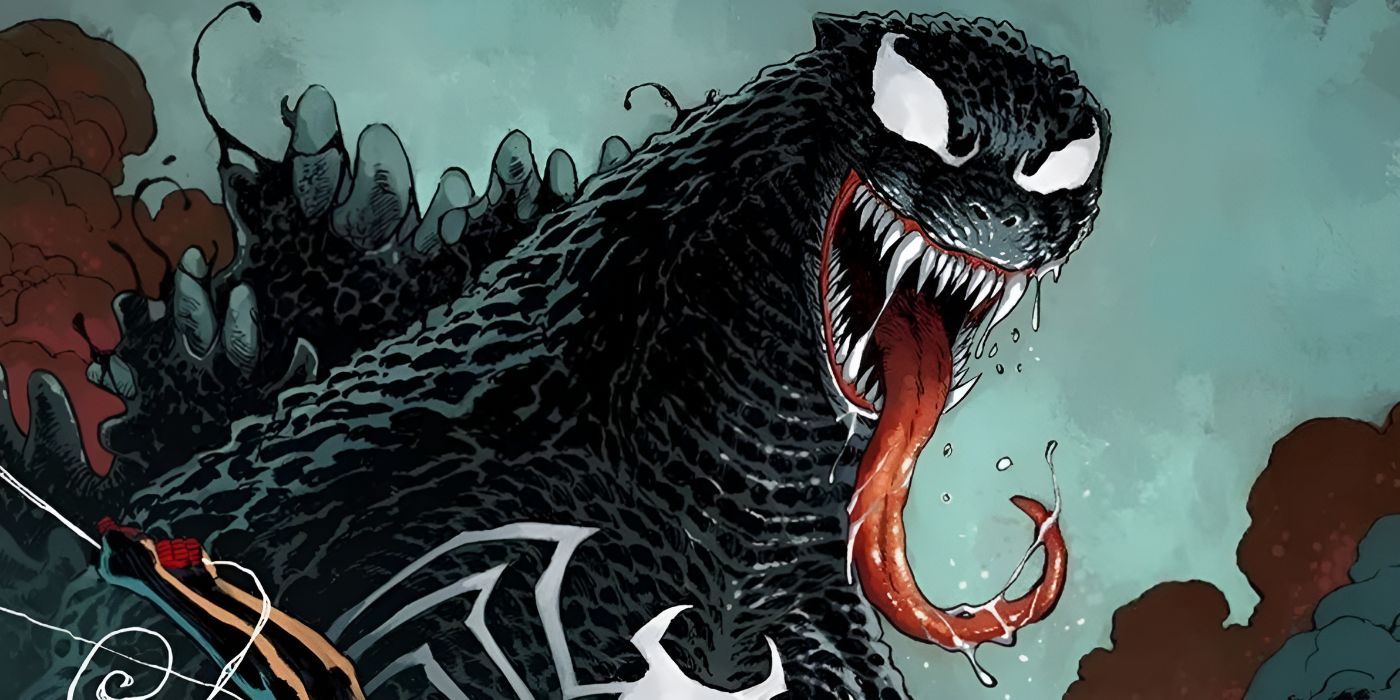
Various rumors surround the story details, so it’s unclear what the plot would have been.
That said, it is known thatGodzilla vs. Gargantuawas intended to be a $6 million production.
But in the end, Toho elected not to move forward with the revival of theGodzillafranchise at that time.
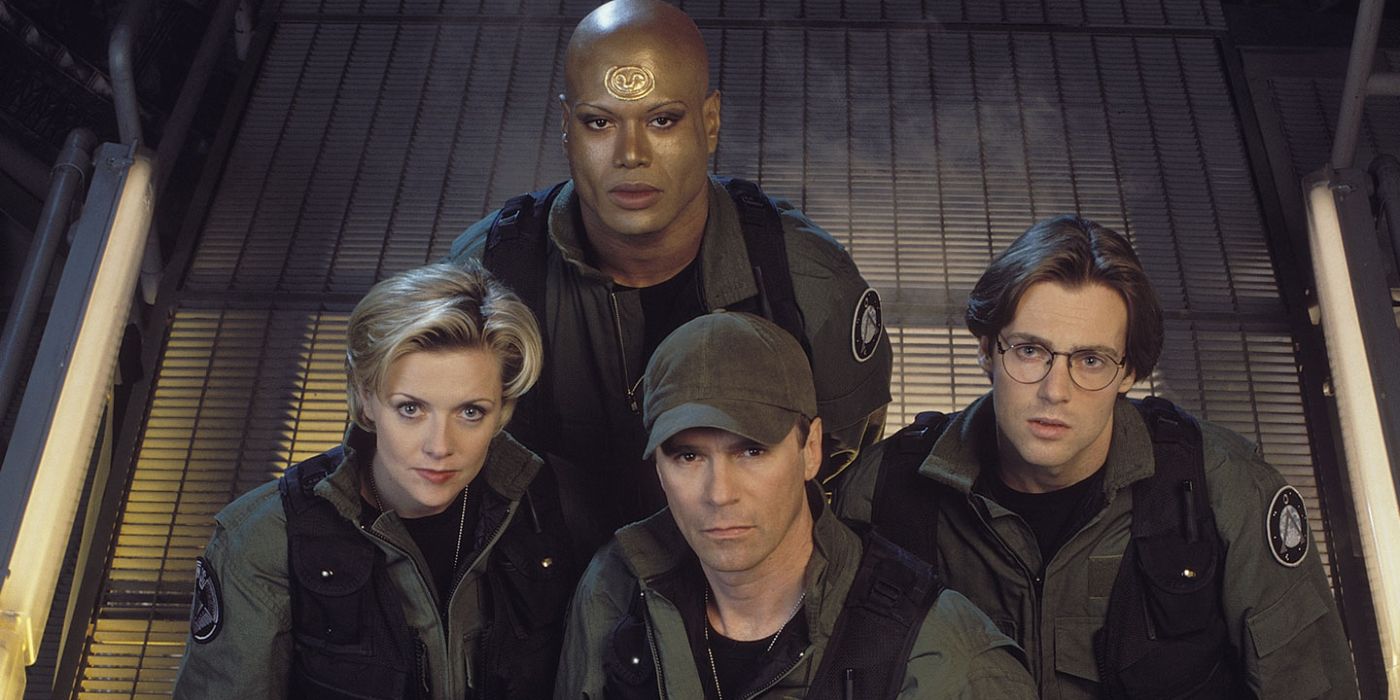
Like their Toho counterparts, it seems likely that they would be genetically engineered by scientists.
To head in this direction would be a continuation of a wider Monsterverse theme.
That was true with the MUTOs, King Ghidorah, and Mechagodzilla.
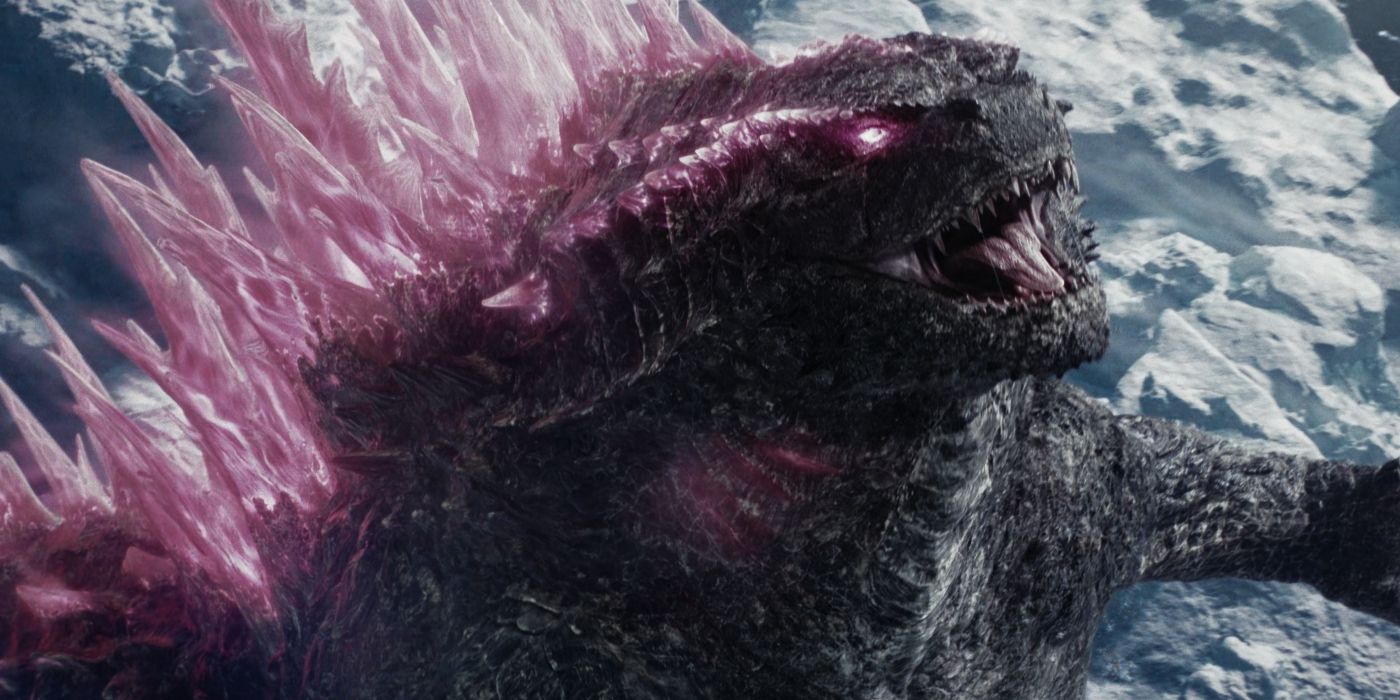
The series explores themes of environmental destruction, nuclear anxiety, and human resilience.
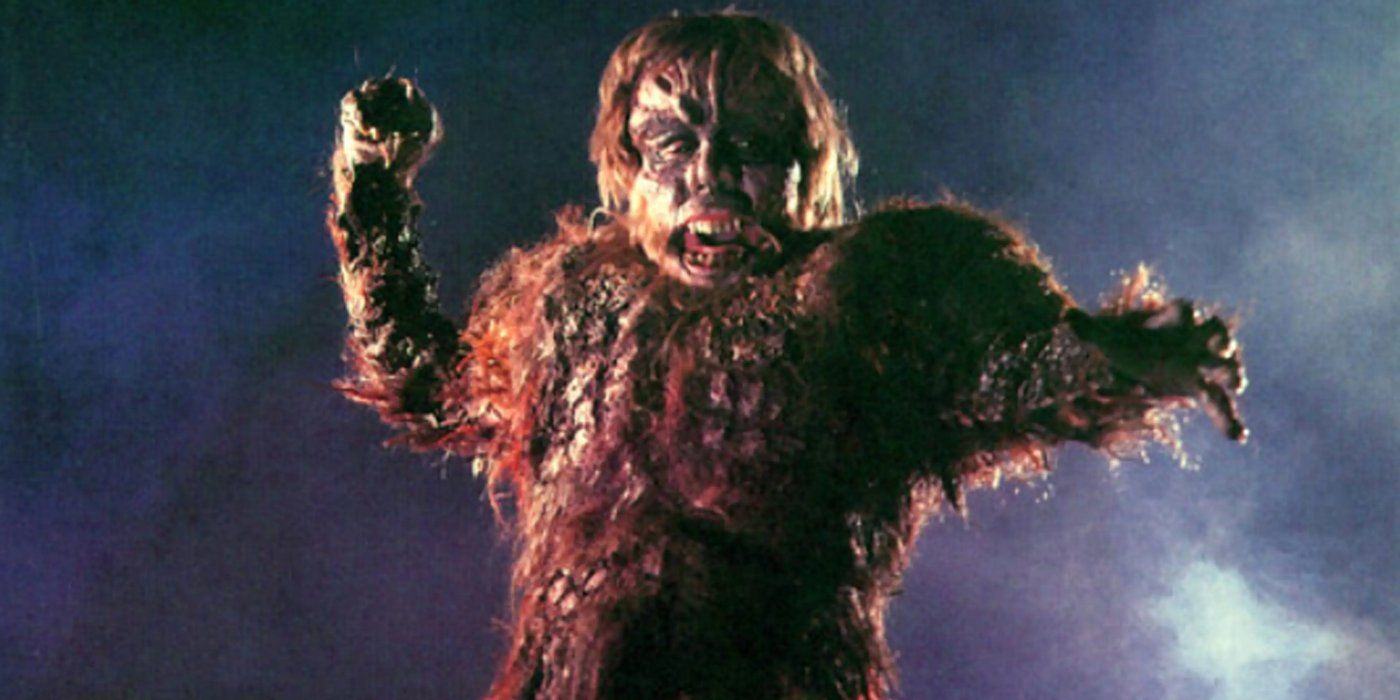
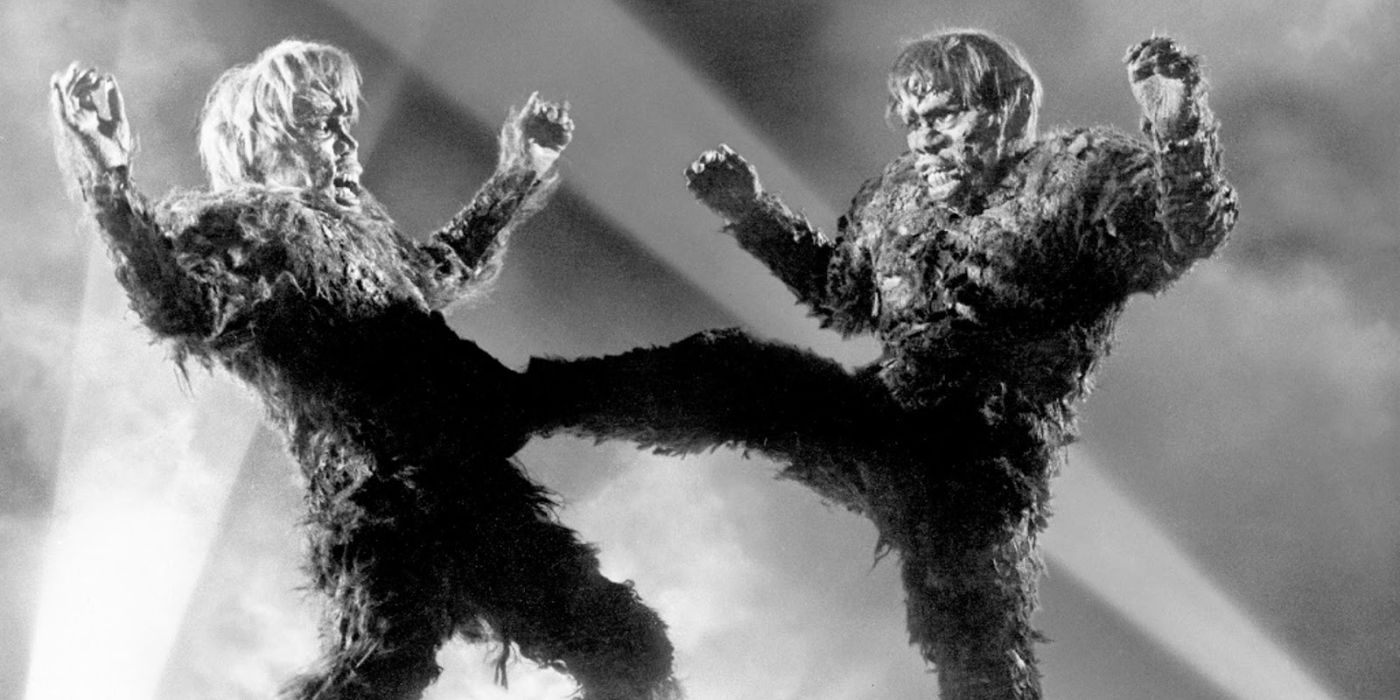
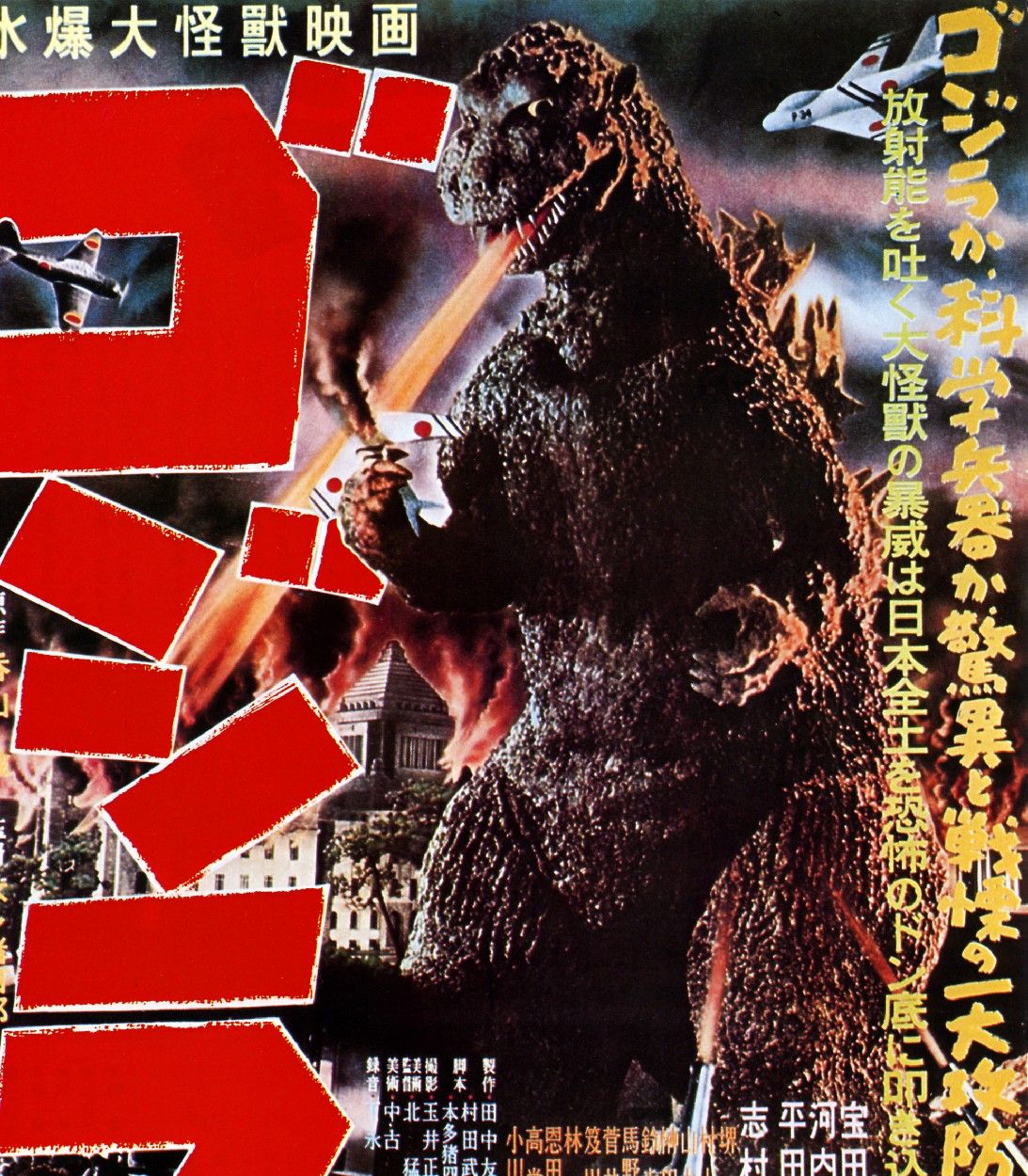
The Godzilla franchise, spanning over six decades, follows the adventures of the titular kaiju, a colossal, prehistoric sea monster awakened and empowered by nuclear radiation. Originating in Japan, Godzilla has evolved from a destructive force of nature to a protector of humanity, battling various other giant monsters, including iconic foes like King Ghidorah, Mothra, and Mechagodzilla. The series explores themes of environmental destruction, nuclear anxiety, and human resilience. With numerous films, TV series, and an expanding universe, Godzilla remains a cultural icon, captivating audiences worldwide with its epic battles and compelling narratives.

